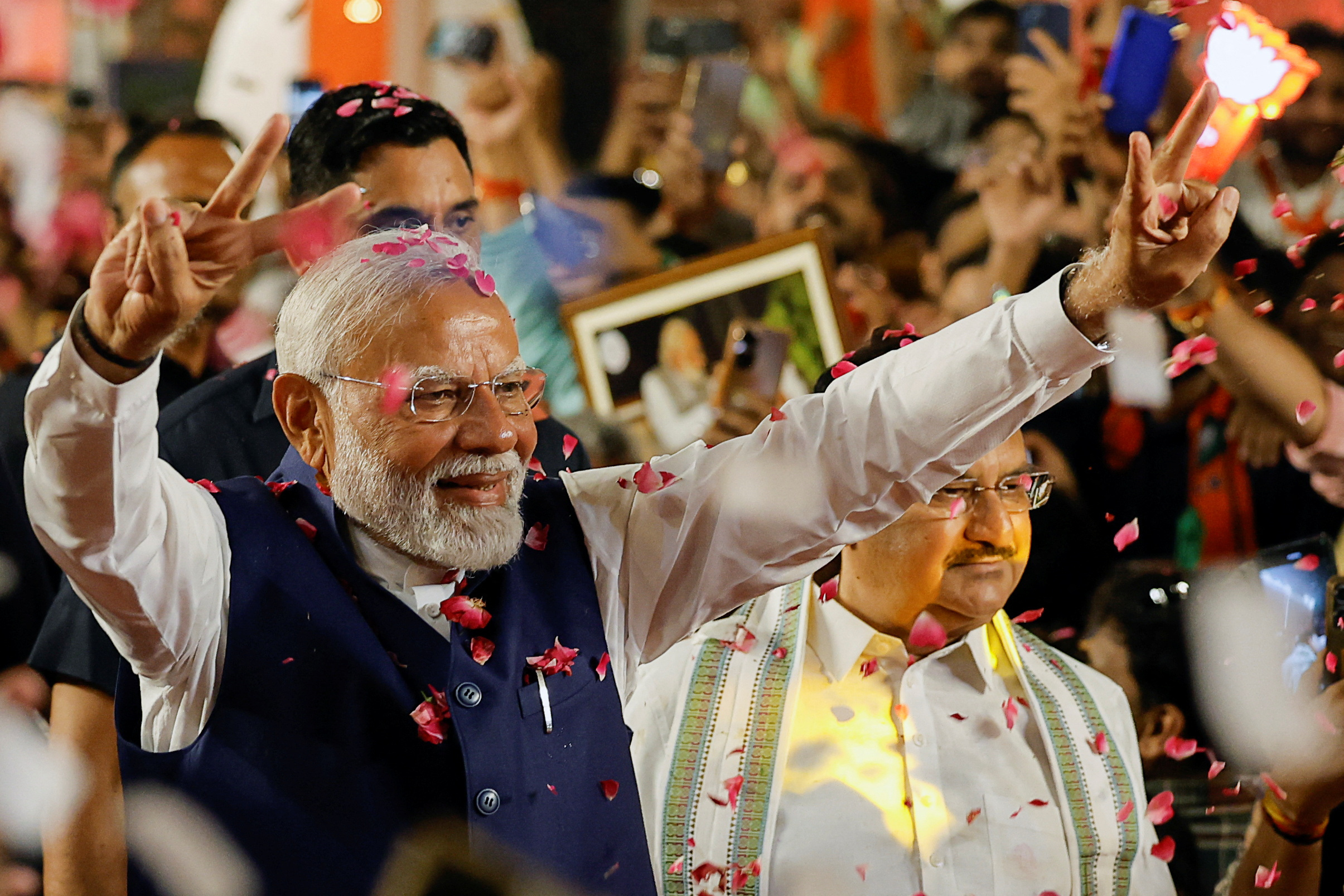Ukraine is a country located in Eastern Europe. It has a semi-presidential system of government. Here are some key points about the political system in Ukraine:
- Executive Branch: The President of Ukraine is the head of state and is elected by popular vote for a five-year term. The President has significant powers, including the authority to appoint the Prime Minister and other high-ranking officials. The Prime Minister, who is appointed by the President with the approval of the Parliament, serves as the head of government.
- Legislature: The Verkhovna Rada is the unicameral parliament of Ukraine. It consists of 450 members who are elected through a mixed electoral system, with a combination of proportional representation and single-member constituencies. The Verkhovna Rada is responsible for passing laws, approving the government’s budget, and overseeing the executive branch.
- Political Parties: Ukraine has a multi-party system, with various political parties representing different ideologies and interests. Some of the major political parties include Servant of the People, Opposition Platform – For Life, European Solidarity, and Batkivshchyna. Coalitions are often formed in the Verkhovna Rada to establish a majority and form a government.
- Judiciary: The judiciary in Ukraine is independent of the executive and legislative branches. The Constitutional Court is the highest judicial authority in the country and is responsible for interpreting the constitution. The judicial system also includes the Supreme Court, appellate courts, district courts, and specialized courts.
- Local Government: Ukraine is divided into regions, which are further divided into districts, cities, towns, and villages. Local government bodies are responsible for managing local affairs, providing public services, and implementing local policies. Local officials, including mayors and local council members, are elected through local elections.
- Elections: Ukraine holds regular elections at various levels of government, including presidential, parliamentary, and local elections. Election processes and practices have been a subject of attention and reform efforts, with the aim of enhancing transparency, fairness, and accountability in the electoral system.
- Civil Society and Media: Ukraine has a vibrant civil society sector and a diverse media landscape. Non-governmental organizations play an active role in advocating for various causes, monitoring human rights, and promoting democratic values. Media outlets operate freely, although challenges related to media ownership, pluralism, and the protection of journalists’ rights persist.
It’s important to note that Ukraine has faced various political challenges, including territorial conflicts, economic reforms, and corruption issues. The political landscape and dynamics in Ukraine have evolved significantly in recent years, and ongoing developments may impact the country’s political system.



